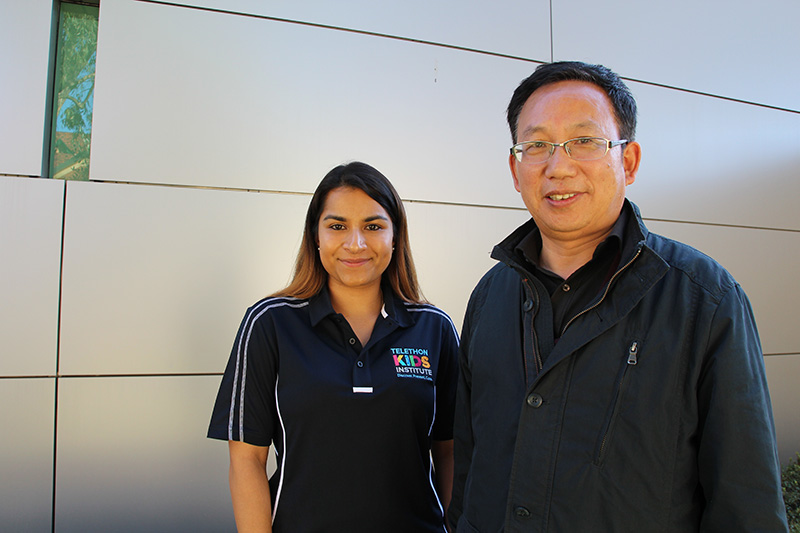Search
Research
Prominent IgE-binding and cytokine-inducing capacities of a newly cloned N-terminal region of Der f 14, an apolipophorin-like house dust mite allergenThe aims of this study were to clone the cDNA of Der f 14 corresponding to M-177 and to elucidate the allergenic capacities of the Der f 14-N.
Research
Th2-associated immunity to bacteria in asthma in teenagers and susceptibility to asthmaBacterial colonisation of the airways is associated with increased risk of childhood asthma
Research
The anti-inflammatory effects of interleukin-4 are not mediated by suppressor of cytokine signalling-1 (SOCS1)While it is known that the anti-inflammatory effects of interleukin (IL)-4 require new protein synthesis, the exact mechanisms by which IL-4 suppresses the prod


News & Events
Chinese immigrants in Australia at higher risk of allergies, research showsChinese immigrants who live in a Western environment like Australia have an increased risk of allergies, hay fever and asthma, new research led by Curtin University and The Kids Research Institute Australia has found.
Research
Update of the WHO/IUIS Allergen Nomenclature Database based on analysis of allergen sequencesThis paper summarizes updates of allergen names approved at the meetings of the IUIS Allergen Nomenclature Sub-Committee in 2011 through 2013.
Research
Distinguishing benign from pathologic TH2 immunity in atopic childrenIn addition to its role in blocking TH2 effector activation in the late-phase allergic response, IL-10 is a known IgG1 switch factor
Research
Children with chronic suppurative lung disease have a reduced capacity to synthesize interferon-gamma in vitro in response to non-typeable Haemophilus influenzaeThe aim of this study was to identify features of innate, cell-mediated and humoral immunity that may increase susceptibility to respiratory infections in...
Research
Immune Responses to Allergens in Atopic Disease: Considerations for BioinformaticsAllergies are mediated by several immunological mechanisms that make different contributions in different patients.
Research
Molecular characterization of Der p 10: A diagnostic marker for broad sensitization in house dust mite allergyTropomyosins represent clinically relevant seafood allergens but the role of mite tropomyosin
